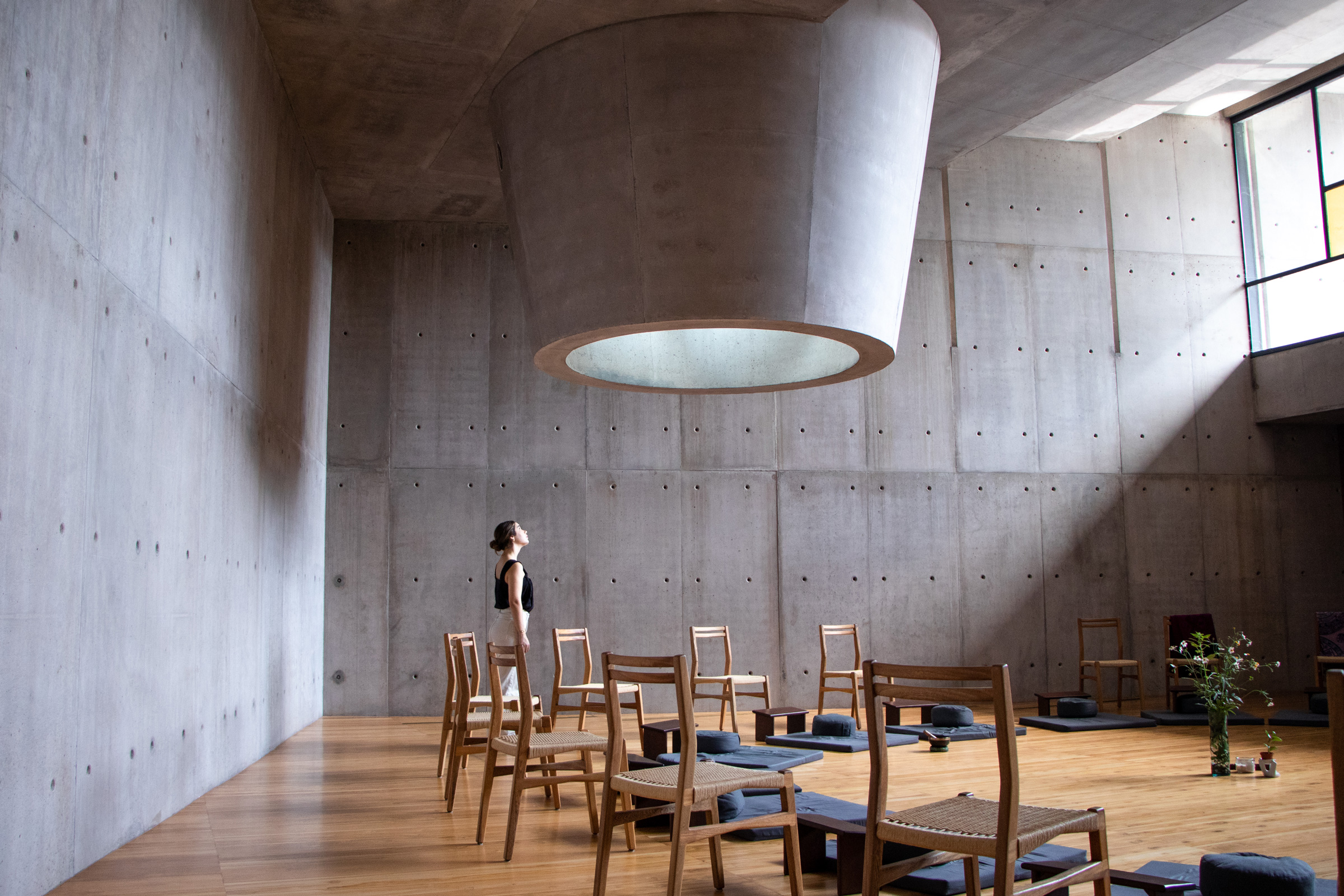Story at a glance:
- The Global Cement and Concrete Association includes members who are producers of Portland cement.
- The group and its members are aiming to deliver net zero concrete by 2050.
- Governments around the world are being asked to help stimulate demand for low carbon concrete.
For at least two millennia the world has built with concrete. The Romans developed their own version, and it was probably used even further back in time.
Today modern concrete is the second most used substance after water. It is a highly versatile material, offering the potential for beautiful design as well as durability and strength. It is also vital for key infrastructure enabling modern life around the globe. It gives us bridges, tunnels, roads, housing, dams, clean water, clean energy networks, and much more. But we know there is a major carbon challenge to address; because it is so widely used, cement and concrete also currently account for around 7% of the world’s carbon dioxide emissions.
What is the Net Zero Concrete Goal?
The Global Cement and Concrete Association (GCCA) and its member companies are collectively working to reduce concrete’s emissions, making it greener, especially given the material’s importance in our lives. Two years ago the GCCA and its members launched the 2050 Net Zero Roadmap, with a commitment to achieving net zero concrete by the mid-21st century. By doing so we became the first global heavy industry to set out a clear decarbonization pathway, to help limit global warming to 1.5oC.
Our independently verified data shows progress is being made—a 23% reduction in the CO2 intensity of cement-based products since the data was first recorded in 1990. That is encouraging progress for an essential industry, but through our roadmap the GCCA and its members are committed to achieving much more. Our sector is now aiming to accelerate progress and achieve in the next decade what we achieved in the last three decades in terms of CO2 reductions, on our way to delivering net zero concrete by 2050.
The GCCA Roadmap targets CO2 reductions through greater efficiencies in cement, clinker, and concrete production, the rollout of renewable energy, the expansion of CCUS, better building design and construction, and maximizing the natural carbon absorbing benefits of concrete in the built environment.
The Evolution of Progress

Concrete project in Dubai. Photo courtesy of the Global Cement and Concrete Association
What was pioneering work even a few years ago is now accelerating across our industry; consider the search and development of alternative materials and processes for making clinker (the binder in cement, the adoption of renewable energy, and the move toward commercial development and deployment of carbon capture.
The GCCA is proud of its joint work with our members driving innovation, including with researchers and academics involved in the Innovandi Global Cement and Concrete Network (GCCRN) as well as with startups from across the world through our pioneering Innovandi Open Challenge. This program is now in its second year, and 15 startups have recently been shortlisted to help in the search for new materials and processes for making low carbon concrete. The first challenge launched in 2021 and primarily focused on carbon capture and utilization; it has already seen two projects go to pilot stage.
Work Being Done Today
Meanwhile the decarbonization efforts of all our members continues to gather pace with some groundbreaking work.
For example, Cemex has been working with Switzerland-based Synhelion to produce clinker using solar energy. Votorantim Cimentos in Brazil is using discarded pits from the native acai fruit to turn into biomass as an energy source. And Heidelberg Materials is building the world’s first large-scale carbon capture plant at its site in Brevik, Norway. It aims to start capturing emissions from production by the end of next year with the capacity to absorb about 400,000 tons a year, when fully operational. The GCCA Roadmap anticipates 10 carbon capture plants being operational at commercial scale by 2030.
What’s Next
The rollout of CCUS is expected to provide 36% of the CO2 reductions our industry is committed to achieving by the mid-21st century. Industries like ours will need the support of governments around the world and the right policies to drive such technology forward.
Through our Net Zero Roadmap the GCCA is working with national cement and concrete industries, policymakers, designers, and the construction sector to overcome procurement and resourcing challenges as well as advance the business case for greener technologies. We need governments around the world to help stimulate demand for low carbon concrete, reward innovation, and provide the right frameworks to accelerate our industry’s transition to net zero.
Why It Matters

Sharp House was designed to be as economical as possible in construction, with exposed cast-in-place concrete and large glass exposures to the north and south to allow for solar gain and cross ventilation. Photo courtesy of Marc Thorpe Design
Adequate housing is fundamental to the UN Sustainable Development Goals. Three-quarters of the infrastructure that the world needs by 2050 has yet to be built. And concrete will play an essential role in creating the homes and infrastructure of the future.
Concrete’s remarkable properties make it resilient to damage from heat, wind, fire, and floods. But designers and architects will need to use it more efficiently in the future, to reduce embodied carbon in new structures. Voids in non-load bearing areas and arches, which were popular in mass post war reconstruction all use less concrete. Less could well become more.
The GCCA and its member companies, who operate in nearly every country in the world, are delivering a pioneering decarbonization program as well as playing an increasing role on the world stage. In fall 2023 GCCA will be attending New York Climate Week, taking part in the UN Secretary General Climate Ambition Summit, and will have official observer status and a major pavilion at COP28 in Dubai.
The road to net zero concrete will not be completed overnight. It is about our members taking everyday steps to achieve the goal. But by doing so, and through industry and governments working together, we are confident we will complete the journey.




